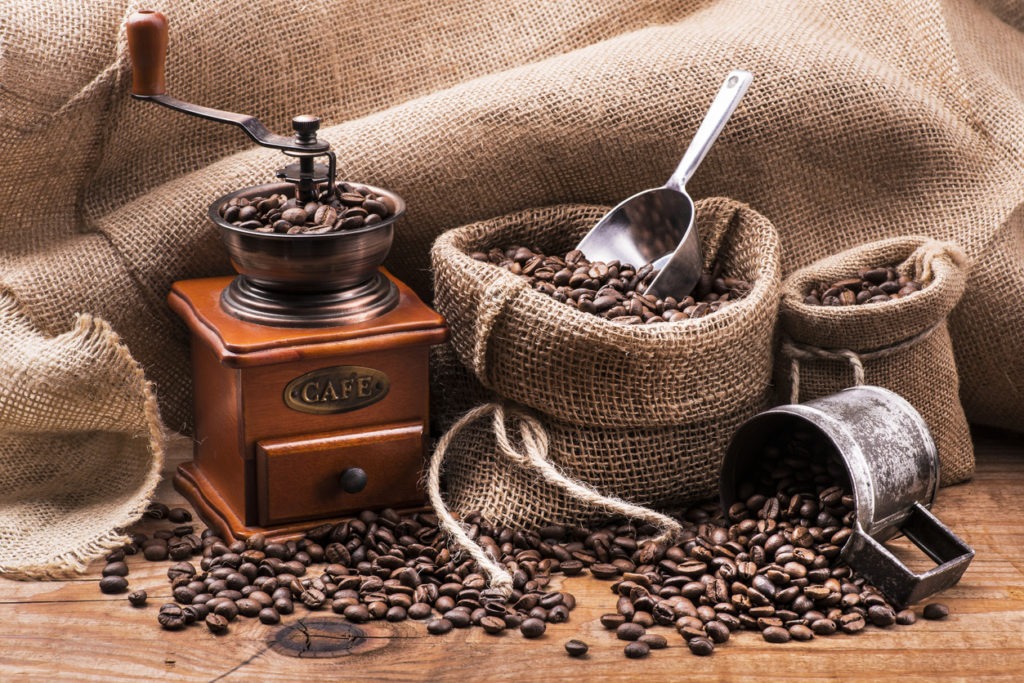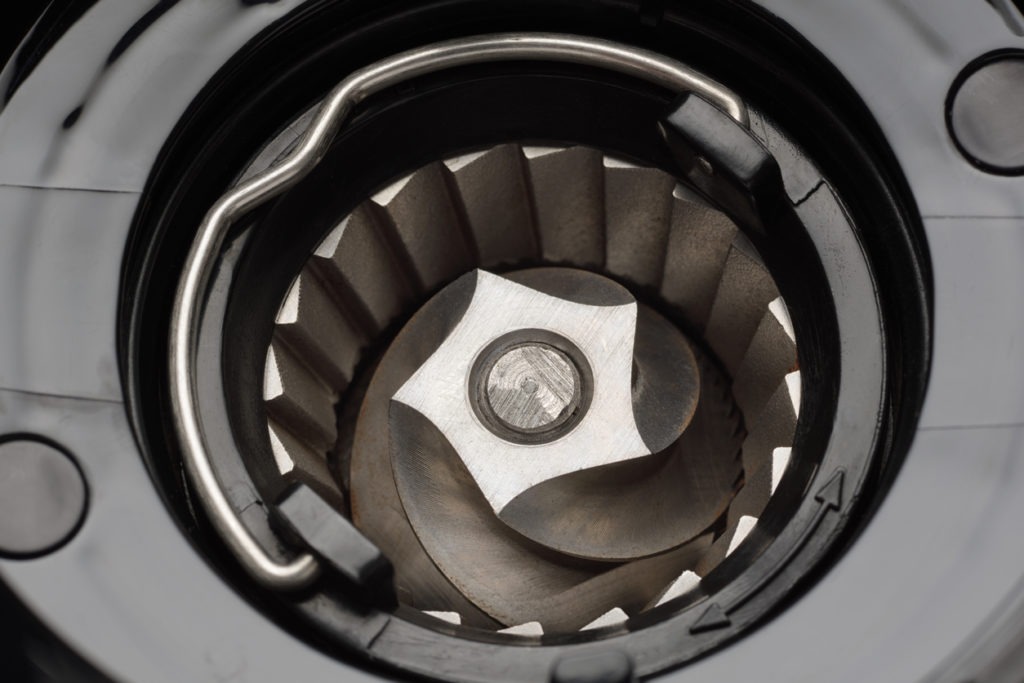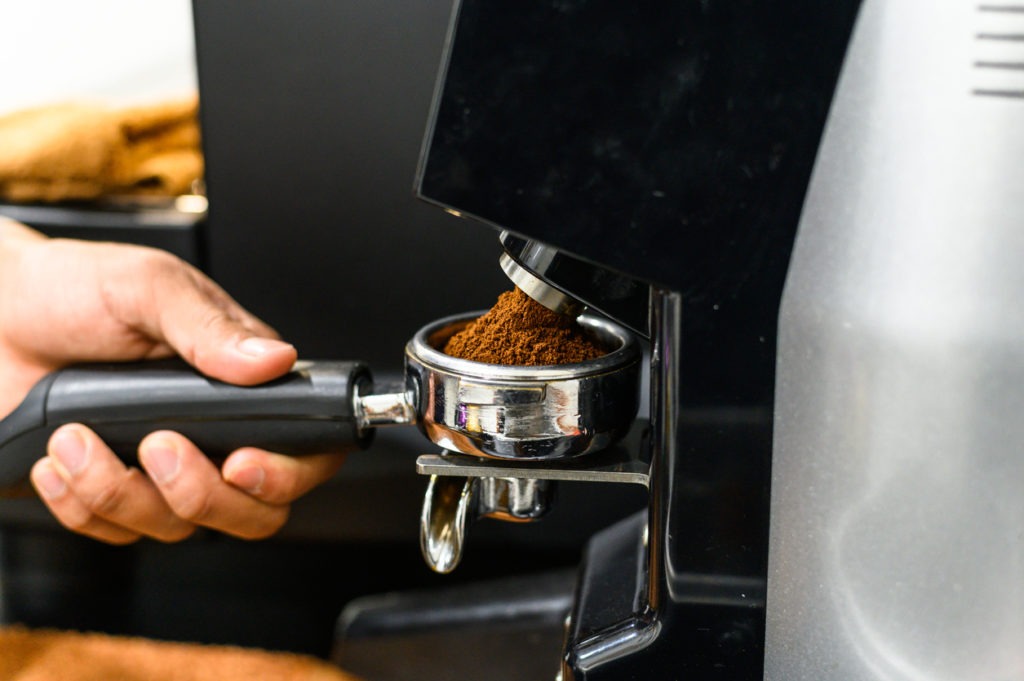To the coffee enthusiast, a morning cup of coffee is not just an ordinary cup of coffee, it’s their way of life – it’s a lifestyle. Making coffee is a ritual in the life of a coffee lover. So, it is unsurprising for one to really give heavy importance to its preparation and the most important part of that process is the grinding process. How a coffee will taste is significantly influenced by the size, quality, and freshness of the grind. As soon as a coffee bean is ground, the flavor will start to wane as the coffee particles come in contact with air. But, don’t worry. Perfecting your coffee grounds won’t be that daunting once you know what you want and need in a coffee grinder.
Different Types of Coffee Grinders
It is always best and always recommended to grind your coffee beans right before you are ready to brew in order to preserve the flavors of your coffee and appreciate them to the fullest. Having the appropriate tools can help you avoid wasting time, money, and misery of having a terrible cup of coffee. Coffee grinders are useful for brewing oneself a good cup of coffee while maintaining the flavor and aroma of fresh whole coffee beans at the convenience of your own house. Coffee grinders come in a wide variety. While some are pricey, others are quite reasonable. Here’s a list of some of the types of coffee grinders according to the type of grounds they produce that’ll help you know what type of coffee grinder will suit your coffee making ritual best.
1. Burr Grinder
A burr grinder is a grinder that crushes coffee beans into small, uniform sizes, which is necessary in producing a flavorful cup of coffee. In this product, the coffee beans are processed between two abrasive surfaces, known as burrs. This process turn the coffee beans into cocoa bean powder. However, the setting of these surfaces can be altered by the user depending on your preferred grind. You could, for instance, keep the two surfaces apart. This will create a coarser, slightly larger ground material if you place them farther apart. On the other hand, the resulting ground is extremely flat and fine if the surfaces are placed closer together. Burr grinders are, in fact, old fashioned and operate more slowly than other contemporary types of grinders. Burr grinders come in two varieties, conical and flat.
2. Conical Burr Grinder
Conical burr grinders have two pointed ridges that resemble cones that break coffee beans into two distinct sizes: large and small. While these grinders might not offer the best uniformity, they are less expensive, less noisy, simple to clean and maintain, and also generate less heat.
3. Flat Burr Grinder
Flat burr grinders produce coffee grounds that are finer and more uniformly sized when compared to conical burr grinders. This contributes to the smoother, more flavorful coffee. However, flat burr grinders also have their own set of disadvantages. These grinders, for instance, are pricy, noisy, a little difficult to clean, and they generate a lot of heat. If you intend to purchase one of these grinders, be sure to weigh both its benefits and drawbacks before making a choice.
4. Blade Grinder
A double-pronged blade is used in blade coffee grinders, which quickly spin and slice coffee beans into tiny bits. The majority of these grinders include a single-press mechanism that, when pressed, causes the blade to spin round and round. The moment the coffee beans are hit by the blade, they are chopped into tiny, fine bits. Sometimes a single grinding session is insufficient, leaving some coffee beans just partially chopped. The coffee beans must then be crushed a second time in this situation. The heat created when coffee beans are ground contributes to a change in the coffee’s flavor; the flavor gets more robust and amazing. Blade grinders have its own set of advantages and disadvantages that prospective buyers should be aware of. First off, using a blade grinder is pretty convenient. Simply place coffee beans in the grinder, press the grind button for a little period of time, and voilà! Coffee is ground. Another great advantage of blade grinders is the fact that they are readily available online and at any grocery store so purchasing one is easy. The nicest aspect is how reasonably priced these grinders are.
Different Types of Grind
Your chosen brewing process will determine the type of grind you’re going to need. And depending on the type and model of coffee grinder you have or are going to buy, you can choose how coarse or fine your coffee beans ought to be ground. Here are some general recommendations for selecting the ideal grind, mainly based on your brewing technique. Though, your personal choices will prevail in the end. Using these recommendations, you can change the fineness or coarseness of your coffee grinds to suit your taste buds.
- Coarse Grind – This large coffee grind works well with immersion-based brewing techniques including the French Press, percolator, and coffee cupping.
- Medium-Coarse Grind – The majority of pour-over brewers, like a Chemex, clever dripper, or cafe solo brewer, work well with this somewhat smoother but still rather large coffee grind.
- Medium Grind – One of the most popular coffee grinds, this sand-like texture is ideal for drip brewers, siphon coffee makers, and aeropress (with 3+ minute brew time).
- Medium-Fine Grind – Another great option for the majority of pour-over brewers, including aeropresses and cone-shaped pour-over brewers, is this grind, which resembles silky sand but doesn’t clump together (with 2-3 minute brew time).
- Fine Grind – Compared to table salt, this grind is silkier. Because it packs together effectively, a fine grind is ideal for moka pots and espresso makers.
As we have emphasized and mentioned earlier, your choice of coffee grinder and coffee grounds heavily depends on your preferred cup of coffee – cold brew, dripped, poured-over, etc. Even if you’re just the casual coffee sipper, it’s exciting to know that even the slightest change of temperature in the grinding process is crucial in the outcome of a certain type of coffee. Knowing and understanding these things and processes will give you a new found appreciation for coffee. You may even say that coffee is not for the faint-hearted – in reality, it’s actually very true to some extent.



